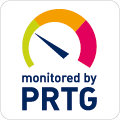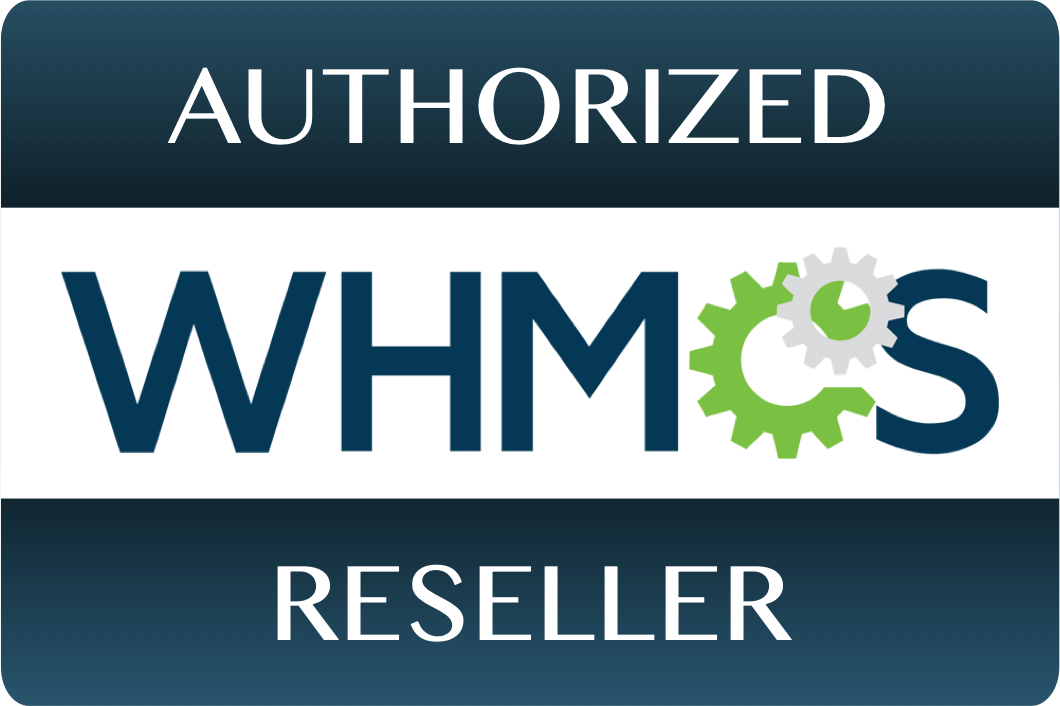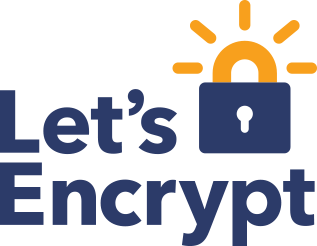Email marketing and newsletters can often be overlooked as outdated, as it has been around since the 1990’s. However e-newsletters have stood the test of time and still hold a place among the many methods vying for customers’ attention. If you are considering either adding a newsletter to your customer connection outreaches or getting rid of your newsletter, here are some pros and cons to consider.
Pros
- Statistics are easy to read and interpret. Platforms are available to provide you with detailed statistics about interaction with your newsletter: who opens it up, their location at the time, which links were clicked and which avoided etc. From there you are able to identify and utilize the most helpful parts of the newsletter, target a more specific audience, and know what content that audience is looking for.
- Pulls traffic to your website. Obviously the newsletter will contain a link to your website, but don’t stop there. Include a peek at your latest blog posts or your Twitter feed and invite them to participate in conversations hosted in those places.
- Emphasizes personality. A newsletter opens up the possibility for the business owner to include short articles, updates, or personal stories. Making this personal connection is very important in customer relations. It will show you as down-to-earth and a real person, instead of a vague company entity.
- Design and create your brand. You get full creative license in establishing a unique look for your company and keeping it consistent, yet interesting. Having an arrangement, color scheme, logo, and design that immediately makes your readers think of your brand is an essential marketing strategy and a strategy that newsletters will help you accomplish.
- Cost efficient. The price of a newsletter is doubtlessly lower than that of a physical newsletter and maintenance is also far easier of a process.
- Fully customizable. This covers both the content and the audience demographic. You can target specific interests of your audience by only sending relevant information. Some people will be interested in areas of your company or updates that others will not be. Being aware of this and focusing your information on those interested in it shows that you are connected to your audience and both respect and understand their interests.
Cons
- Email overload. We all know the feeling of opening our inbox to find 35 unread emails waiting. It is easy for mail to get lost in the shuffle or deemed as less important and deleted without even opening it just to clear the clutter.
- Spam filters. Everyone uses these and as handy as they can be for decluttering, anything advertisement related can automatically be sentenced to the spam folder.
- Online marketing stretched thin. There are so many places today that require online presence: Facebook, Twitter, blogs, LinkedIn, and so forth. It can be hard to keep all of these platforms up and running with new content. You do not want to stretch your resources too thin. It is best to identify the platforms that are most helpful to your business and focus on those.
- Unsubscribe buttons. It is as easy to sign up as to unsubscribe, unfortunately. While people are less picky about prioritizing what they choose to “like” on Facebook or follow on Twitter, having constant new unread emails can feel like a chore waiting to be checked off. The moment your newsletter stops being new and interesting, your audience levels will drop.









